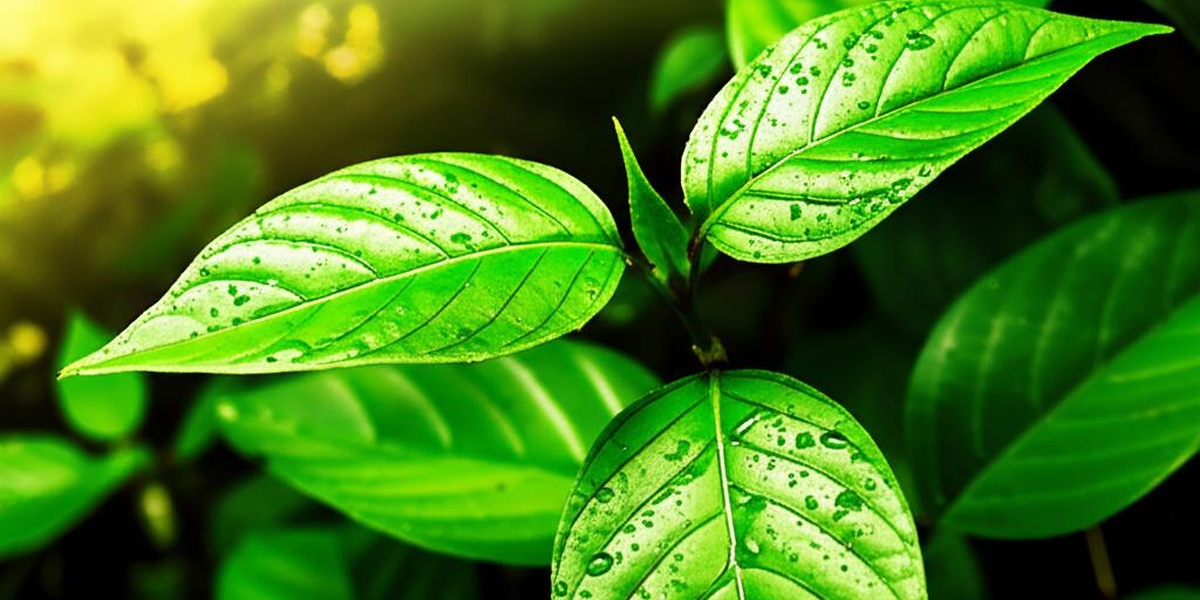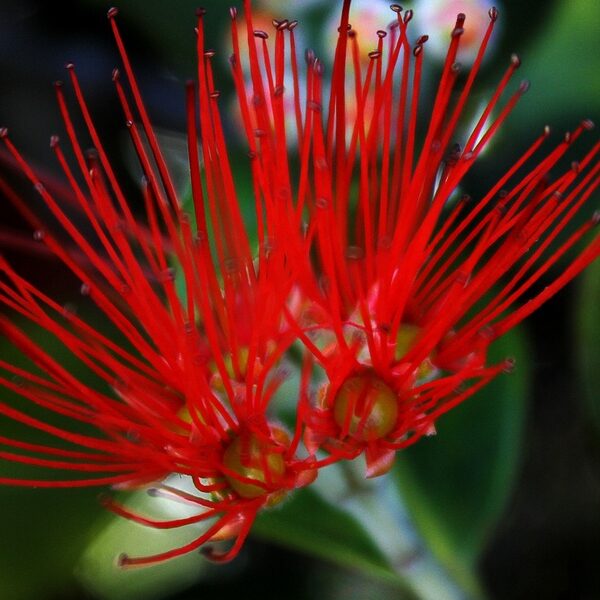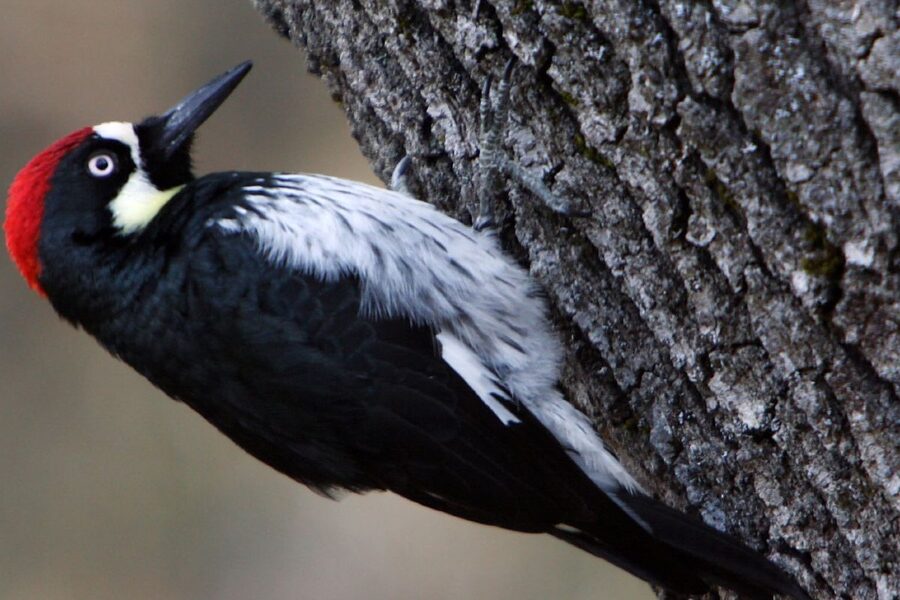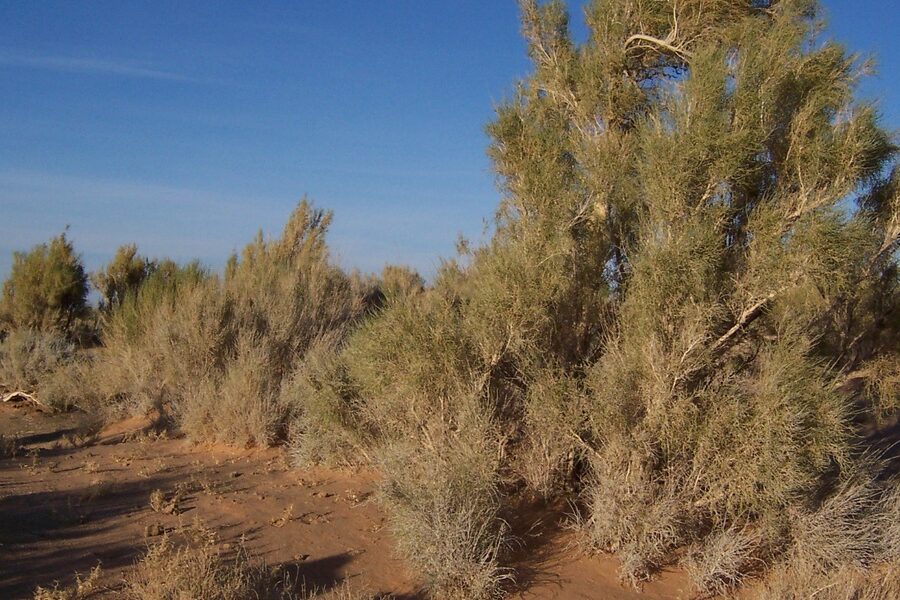The Amazon Rainforest is a world unto itself, a vibrant tapestry of life where countless species thrive, many still unknown to science. For millennia, indigenous communities have navigated its dense ecosystems, developing profound knowledge of its plants and their properties.
This deep understanding has revealed an incredible array of medicinal and useful flora. In this comprehensive resource, we’ve compiled 40 amazon rainforest herbs, showcasing a diverse range from the well-known Abuta to the unique Yoco. For each entry, you’ll find below its Scientific Name, Traditional Use, and Region in Amazon, offering a structured look into these vital botanical treasures.
What are the primary traditional uses of Amazon Rainforest herbs?
For centuries, indigenous peoples have utilized Amazon Rainforest herbs for a wide range of purposes, far beyond what many consider simply ‘medicinal.’ These uses include preparing teas for common ailments, crafting natural dyes, creating tools, and incorporating them into spiritual rituals. Many herbs also serve as staple foods or supplements, demonstrating a holistic approach to wellness and survival deeply intertwined with their environment.
Why are Amazon Rainforest herbs considered so significant?
Amazon Rainforest herbs hold immense significance for several reasons. Ecologically, they represent a vast, largely untapped reservoir of biodiversity and potential new compounds. Culturally, they are cornerstones of indigenous knowledge systems, embodying generations of accumulated wisdom. From a global perspective, studying these plants offers insights into natural remedies, sustainable practices, and the critical importance of preserving the Amazon’s unique ecosystems and the traditional communities who protect them.
Amazon Rainforest Herbs
| Common Name | Scientific Name | Traditional Use | Region in Amazon |
|---|---|---|---|
| Guayusa | Ilex guayusa | Brewed as a naturally caffeinated tea for energy, focus, and lucid dreaming; used by hunters to stay alert. | Upper Amazon (Ecuador, Peru, Colombia) |
| Cat’s Claw | Uncaria tomentosa | To support the immune system and reduce inflammation, particularly for arthritis and digestive issues. | Widespread (especially Peru and Brazil) |
| Guaraná | Paullinia cupana | Seeds are ground into a paste and used as a stimulant to reduce fatigue, increase alertness, and suppress hunger. | Brazil, Venezuela |
| Suma | Pfaffia paniculata | The root is used as an adaptogen to increase energy, endurance, and resistance to stress, often called “Brazilian Ginseng”. | Brazil, Ecuador, Peru, Venezuela |
| Chanca Piedra | Phyllanthus niruri | A remedy for kidney stones and gallstones, leading to its name “stone breaker.” It is also used to support liver and urinary tract health. | Widespread throughout the Amazon |
| Jambu | Acmella oleracea | Flowers and leaves are chewed to numb toothaches and are used as a culinary herb to create a unique tingling sensation. | Brazil, Peru |
| Ayahuasca Vine | Banisteriopsis caapi | The primary ingredient in the ceremonial psychedelic brew ayahuasca, used for spiritual healing, divination, and communing with nature. | Widespread (Peru, Ecuador, Colombia, Brazil) |
| Chacruna | Psychotria viridis | Leaves are the most common additive to the ayahuasca brew, providing the visionary compound DMT. | Widespread across the Amazon Basin |
| Jergón Sacha | Dracontium loretense | The tuber is used to treat snakebites, based on the traditional belief that its snake-patterned stem indicates its purpose. | Peru, Colombia, Ecuador |
| Muira Puama | Ptychopetalum olacoides | The wood and roots are used as a powerful aphrodisiac, nerve tonic, and stimulant, earning it the name “potency wood”. | Brazilian Amazon |
| Bobinsana | Calliandra angustifolia | Used by shamans as a “plant teacher” to open the heart and provide emotional healing. Also used for arthritis and uterine disorders. | Upper Amazon (Peru, Ecuador, Colombia) |
| Amazonian Sarsaparilla | Smilax officinalis | The root is used as a blood purifier, anti-inflammatory, and for treating skin conditions like psoriasis and eczema. | Widespread in the Amazon |
| Clavo Huasca | Tynanthus panurensis | The vine and bark are used as an aphrodisiac for both men and women, a digestive aid, and a remedy for rheumatic pain. | Peru, Brazil, Ecuador |
| Anamu | Petiveria alliacea | The whole herb is used for infections, inflammation, and pain relief. It is also used in spiritual baths for energetic cleansing. | Widespread in the Amazon and tropical Americas |
| Ajos Sacha | Mansoa alliacea | Leaves and bark are used for pain relief, especially for arthritis, as well as for colds, flu, and spiritual cleansing rituals. | Widespread throughout the Amazon Basin |
| Matico | Piper aduncum | The leaves are applied directly to wounds as a styptic to stop bleeding and as an antiseptic to prevent infection. | Widespread throughout the Amazon |
| Chiric Sanango | Brunfelsia grandiflora | The root is used in shamanic practices as a “plant teacher” to treat “cold” conditions like arthritis and to enhance spiritual awareness. | Western Amazon (Peru, Ecuador, Colombia) |
| Mapacho | Nicotiana rustica | Used in virtually all ceremonies for purification, protection, healing, and as a sacred offering. It is smoked, drunk as a tea, or snuffed. | Widespread throughout the Amazon |
| Amazonian Coca | Erythroxylum coca var. ipadú | Leaves are chewed or powdered to provide energy, suppress hunger and thirst, and for ritualistic and social purposes. | Western Amazon (Colombia, Peru, Brazil) |
| Piri-Piri | Cyperus articulatus | The rhizomes are used for a vast array of purposes, including treating fevers, snakebites, and for crafting magical love potions. | Widespread in wet areas of the Amazon |
| Amor Seco | Desmodium adscendens | The leaves and stem are used to treat asthma, allergic reactions, and muscular or back pain by acting as a muscle relaxant. | Widespread in the Amazon |
| Iporuru | Alchornea castaneifolia | The bark and leaves are used to treat muscular pain, rheumatism, arthritis, and as an aphrodisiac. | Peru, Brazil |
| Brazilian Stevia | Stevia rebaudiana | Leaves are used as a natural, zero-calorie sweetener and to treat diabetes and high blood pressure. | Brazil, Paraguay |
| Amazonian Passionflower | Passiflora edulis | The leaves and flowers are used to make a calming tea to treat anxiety, insomnia, and stress. | Widespread throughout the Amazon |
| Vassourinha | Scoparia dulcis | The entire plant is used to make a tea for fevers, bronchitis, and urinary tract problems. It is also used to “sweep away” evil spirits. | Widespread weed in the Amazon |
| Amazonian Basil | Ocimum campechianum | Used as a culinary spice, an aromatic insect repellent, and medicinally for colds, fevers, and digestive issues. | Widespread throughout tropical Americas |
| Abuta | Abuta grandifolia | The root and vine are used to treat menstrual disorders, infertility, and as an antidote for snakebites. | Widespread in the Amazon |
| Tilo | Justicia pectoralis | The aromatic leaves are used as a sedative tea for calming nerves and promoting sleep. Also used as an additive in ceremonial snuff. | Widespread in tropical Americas |
| Yoco | Paullinia yoco | The bark of the liana is scraped and squeezed in cold water to produce a stimulating, caffeine-rich drink to stave off hunger and fatigue. | Colombia, Ecuador, Peru |
| Curare | Chondrodendron tomentosum | The bark and stems are a primary ingredient in curare, a potent arrow poison used for hunting that causes muscle paralysis. | Northwestern Amazon |
| Urucum | Bixa orellana | The seeds provide a vibrant red pigment (annatto) used for body paint, as a food colorant, sunscreen, and insect repellent. | Widespread in the Amazon |
| Copaíba | Copaifera officinalis | The oleoresin tapped from the tree is used topically and internally as a powerful anti-inflammatory, antiseptic, and wound healer. | Widespread in the Amazon |
| Espinheira Santa | Maytenus ilicifolia | Leaves are used to make a tea for treating stomach ulcers, gastritis, and other digestive complaints. | Southern Brazil, Paraguay, Argentina |
| Catuaba | Erythroxylum catuaba | The bark is used to make an infusion known as a central nervous system stimulant and aphrodisiac to enhance libido and energy. | Brazil |
| Pau d’Arco | Handroanthus impetiginosus | The inner bark is used to make a medicinal tea to treat fungal infections, inflammation, and to support the immune system. | Widespread in South America |
| Cipo Cabeludo | Mikania hirsutissima | The leaves and stems are used to make a tea that promotes hair growth and prevents baldness and graying. | Brazil |
| Samambaia | Polypodium decumanum | The rhizomes and leaves are used to treat skin conditions like psoriasis and vitiligo, and to support overall immune health. | Widespread in the Amazon |
| Tayuya | Cayaponia tayuya | The root is used as a powerful blood purifier and pain reliever, especially for neuralgia, sciatica, and arthritis. | Brazil, Peru |
| Mullaca | Physalis angulata | The whole herb is used to treat a wide range of conditions including malaria, liver problems, and infections due to its strong antibacterial properties. | Widespread in tropical regions |
| Fedegoso | Cassia occidentalis | The seeds, roots, and leaves are used as a purgative, liver tonic, and to expel intestinal worms. | Widespread pantropical weed |
Images and Descriptions
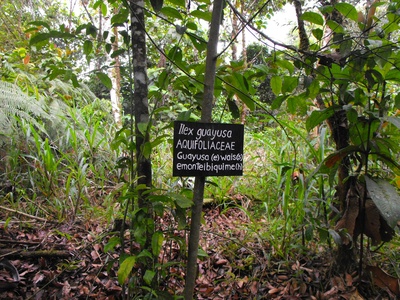
Guayusa
A species of holly tree whose leaves are brewed into a stimulating beverage. It provides a clean, focused energy without the jitteriness of coffee, and plays a central role in the morning rituals of the Kichwa people.
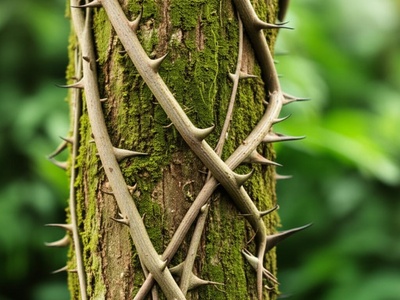
Cat’s Claw
A large woody vine named for its thorn-shaped hooks that resemble a cat’s claws. The inner bark is harvested for its potent medicinal properties, making it one of the most popular botanicals from the rainforest.

Guaraná
A climbing plant in the maple family, famed for its fruit which resembles a human eyeball. Its seeds contain more than twice the caffeine of coffee beans and are the key ingredient in many modern energy drinks.
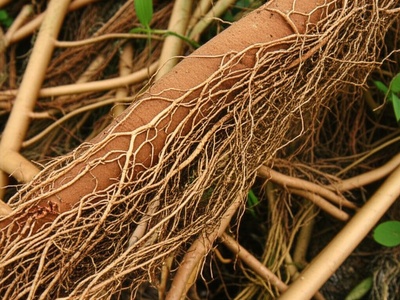
Suma
A sprawling ground vine with a large, complex root system. The root is revered as an adaptogen, helping the body cope with stress, and is known locally as ‘para tudo’ or ‘for all things’ due to its wide array of uses.
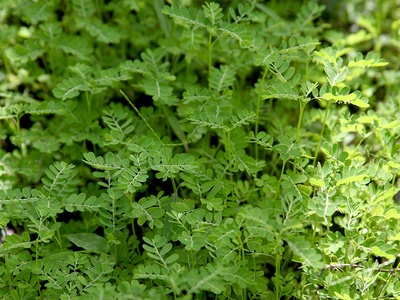
Chanca Piedra
A small, erect annual herb that grows as a common weed in tropical areas. It is easily recognized by the small seed capsules that grow along the underside of its leaves and is a staple in traditional herbal medicine systems.
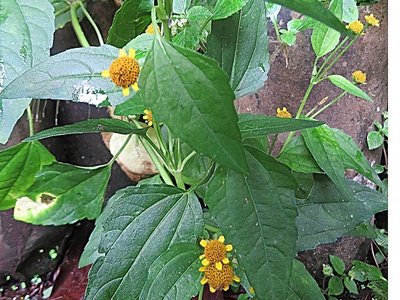
Jambu
Also known as the “toothache plant,” this small flowering herb is famous for the electric, tingling, and numbing sensation it produces in the mouth. This effect makes it a prized ingredient in Northern Brazilian cuisine, particularly in tacacá soup.
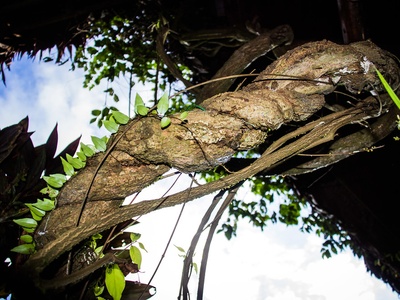
Ayahuasca Vine
A massive jungle liana revered as a “master plant” by indigenous Amazonian peoples. The woody vine itself is not visionary but contains harmala alkaloids that enable the psychoactive effects of other plants mixed into the brew.
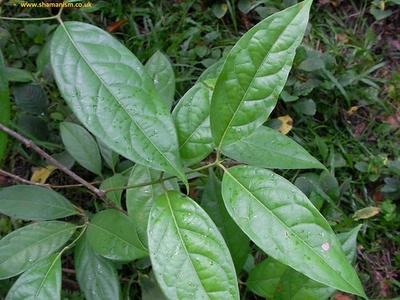
Chacruna
A perennial shrub with long, glossy green leaves that are a crucial component of the traditional ayahuasca decoction. The leaves contain the powerful psychoactive tryptamine responsible for the profound visionary experiences of the ceremony.
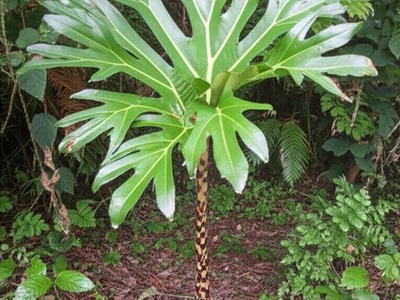
Jergón Sacha
A remarkable plant that grows from a large underground tuber, producing a single, massive, intricately divided leaf. Its mottled, snake-like petiole (leaf stalk) has made it a famous “doctrine of signatures” plant for snakebite remedies.

Muira Puama
A small tree or shrub whose roots and bark have been used for centuries by indigenous peoples to enhance libido and vitality. It is a well-known natural remedy for sexual wellness and is often used as a general energy tonic.
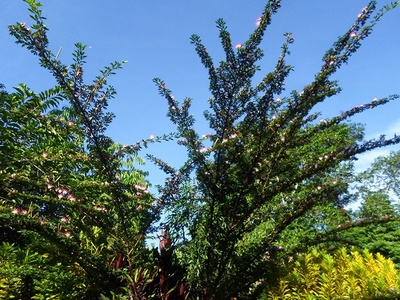
Bobinsana
A shrubby tree that grows along riverbanks and produces beautiful pink, powder-puff-like flowers. It is revered for its gentle, heart-opening spiritual effects and is often consumed as a tincture or added to ceremonial baths.
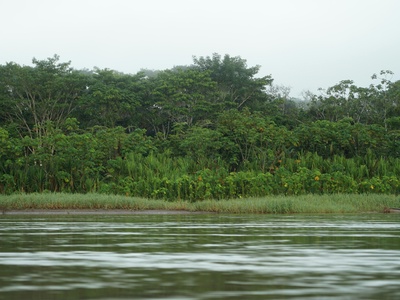
Amazonian Sarsaparilla
A perennial trailing vine with a large, gnarled rhizome. The root has a long history of use as a general health tonic and restorative, and was famously used as the original flavoring for sarsaparilla soft drinks.
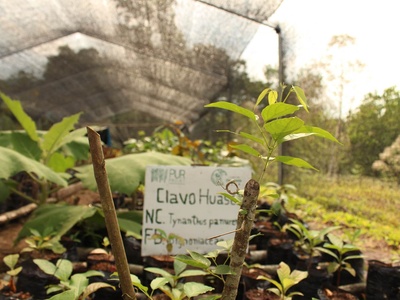
Clavo Huasca
A large jungle vine whose name means “clove vine” due to the distinct clove-like aroma of its wood and leaves. It is a key ingredient in many traditional herbal formulas, especially those for increasing libido and treating toothaches.

Anamu
A herbaceous perennial with a strong, garlic-like odor that permeates the entire plant. Also known as mucura, it is a potent medicinal with reputed immune-boosting, antimicrobial, and anti-inflammatory properties in traditional herbalism.
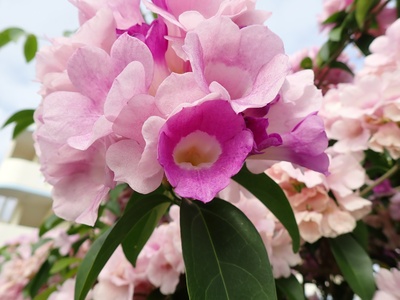
Ajos Sacha
Known as the “garlic vine,” this plant releases a strong garlic scent when its leaves are crushed. It produces beautiful, trumpet-shaped purple flowers and is considered both a powerful medicine and a protective plant to ward off negative energy.
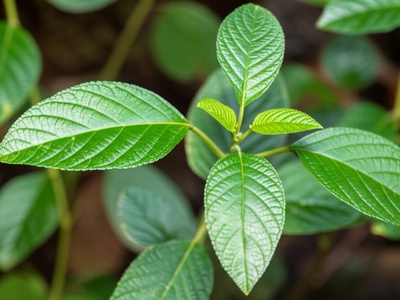
Matico
A flowering shrub in the pepper family, easily recognized by its jointed stems and textured leaves. Its remarkable ability to quickly stop bleeding has made it a go-to “band-aid” of the jungle for treating cuts, ulcers, and sores.
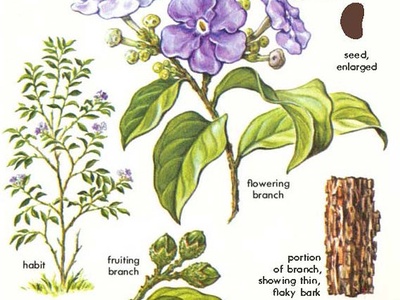
Chiric Sanango
A neotropical shrub that produces beautiful, fragrant, trumpet-shaped flowers that change color from purple to white. It is a powerful plant in shamanism, known for producing tingling sensations and used for deep healing and spiritual dieting.
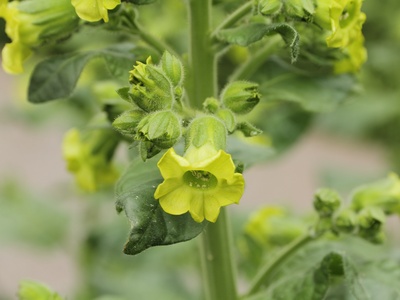
Mapacho
A potent species of wild tobacco that contains up to twenty times more nicotine than common tobacco. It is one of the most important plants in Amazonian shamanism and is considered a foundational spiritual medicine, not a recreational substance.

Amazonian Coca
A variety of the coca shrub adapted to the Amazon lowlands. Unlike its Andean relative, its leaves are traditionally toasted and powdered before being mixed with ash and consumed to provide stamina for work and ceremonies.
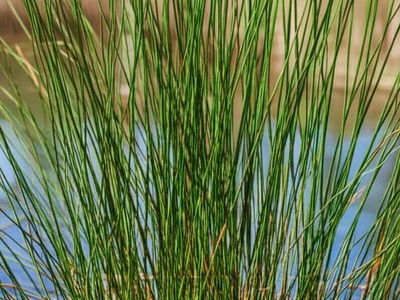
Piri-Piri
A tall, grass-like sedge that grows in aquatic environments. Different varieties of this versatile plant are used by indigenous groups for everything from contraception and childbirth assistance to good luck charms and perfumes.

Amor Seco
A small, creeping herb whose name means “love sticks” or “strong love,” likely due to its seed pods that cling firmly to clothing. In herbal medicine, it is highly valued as a natural anti-histamine and bronchodilator.
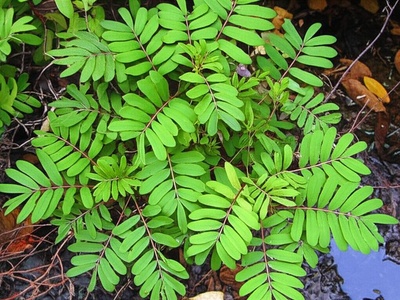
Iporuru
A small shrub that grows in or near water throughout the Amazon basin. It is traditionally used both internally and externally as a potent anti-inflammatory, making it a popular remedy for athletes and those with joint pain.
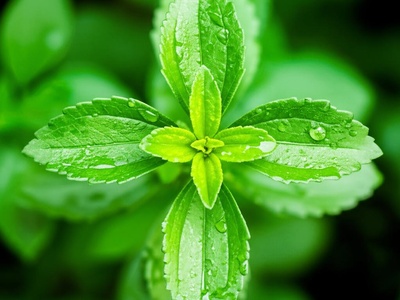
Brazilian Stevia
A small perennial herb whose leaves are intensely sweet. Indigenous Guaraní peoples have used it for centuries to sweeten bitter medicinal teas and as a healthy treat. It is now globally recognized as a natural sugar substitute.
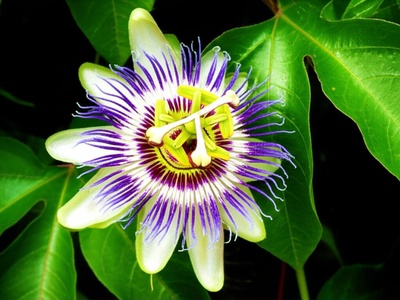
Amazonian Passionflower
A vigorous climbing vine best known for its delicious, tart fruit (maracuyá). In traditional medicine, however, the leaves are valued for their gentle sedative and anti-anxiety properties, promoting relaxation and restful sleep.

Vassourinha
A small, herbaceous plant whose name means “little broom” in Portuguese, referencing its use in spiritual cleansing rituals. Medically, it is a versatile herb with a long history of use for a wide range of common ailments.
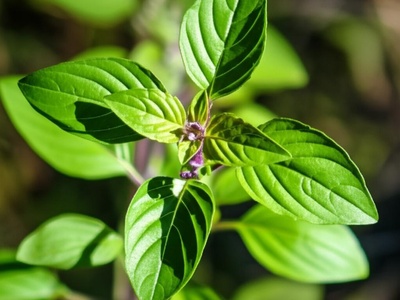
Amazonian Basil
A wild basil species native to the Americas, with a potent, clove-like aroma. It is often used in traditional cooking and medicine in much the same way as other basil varieties, and is also planted around homes to ward off mosquitoes.
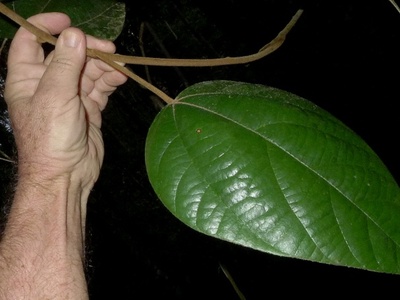
Abuta
A vine whose name means “mother’s womb” in some indigenous languages, highlighting its primary use for female health. It is a key remedy for regulating menstrual cycles and is also known as the “midwife’s herb” for its use during childbirth.
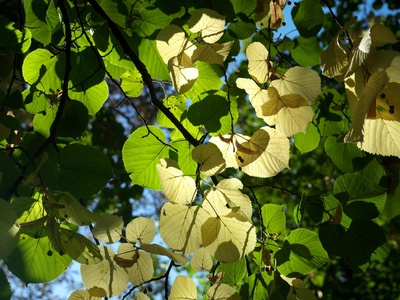
Tilo
A small, herbaceous plant with a pleasant coumarin or vanilla-like scent when dried. It is widely used as a gentle tranquilizer and sleep aid. In some cultures, the dried, powdered leaves are mixed with tobacco for ceremonial use.
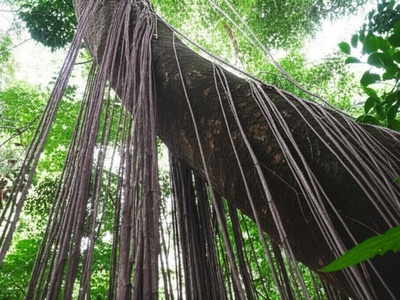
Yoco
A large liana whose bark contains high levels of caffeine. Indigenous communities in the upper Amazon traditionally prepare a cold-water infusion from the bark at dawn as a daily stimulant and purgative, much like coffee.

Curare
A large woody vine that is one of several species used to create the infamous poison known as curare. While deadly when it enters the bloodstream, the compounds have been adapted into modern medicine as powerful muscle relaxants for surgery.
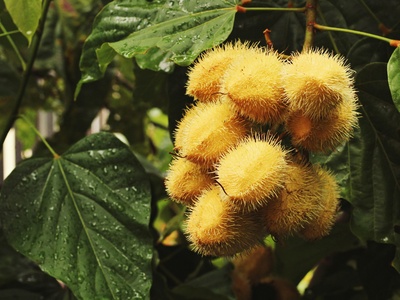
Urucum
A shrub or small tree that produces spiky, heart-shaped pods filled with seeds coated in a reddish-orange pulp. This pigment is central to many indigenous cultures for ceremonial body painting and protecting the skin from sun and insects.
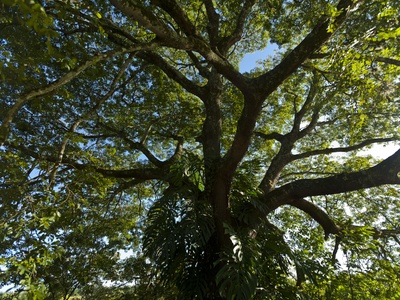
Copaíba
A tall tree that yields a medicinal resinous oil, often called copaiba balsam. This oil is directly tapped from the trunk and has been used for centuries to treat skin problems, sore throats, and inflammation of all kinds.
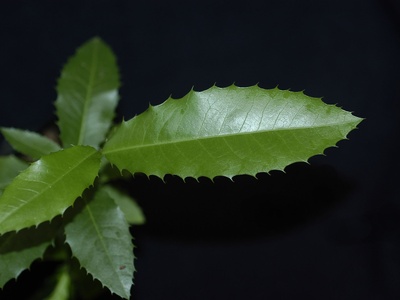
Espinheira Santa
A small tree or shrub whose name means “holy thorn” due to its spiny leaves. It is one of the most popular remedies in South America for digestive system disorders, prized for its ability to soothe and protect the stomach lining.
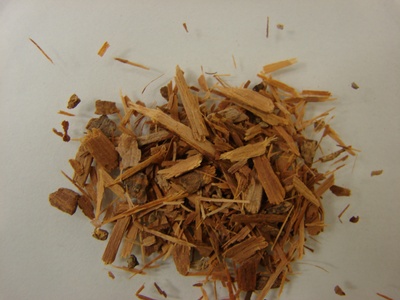
Catuaba
A small, flowering tree whose bark is one of the most famous of all Brazilian aphrodisiacs. It is used in traditional medicine to combat fatigue, improve memory, and most notably, to stimulate sexual desire and performance.
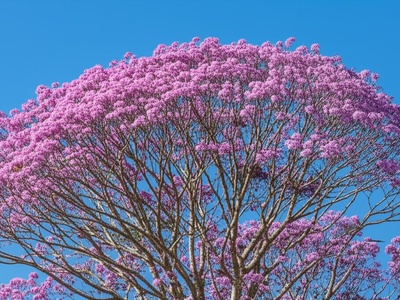
Pau d’Arco
A large canopy tree famous for its brilliant pink or purple trumpet-shaped flowers. The inner bark, known as lapacho, has potent antifungal and antimicrobial properties and has been used for centuries to treat a wide variety of ailments.

Cipo Cabeludo
A climbing vine whose name means “hairy vine” in Portuguese. It is a well-known folk remedy in Brazil, where it is believed to strengthen hair, reduce hair loss, and maintain natural hair color when used as a scalp rinse or tonic.
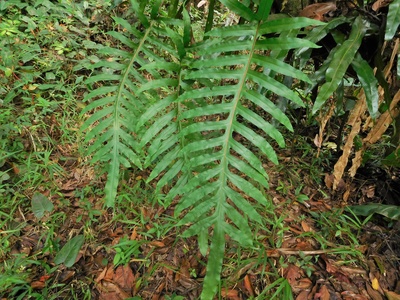
Samambaia
A type of fern that grows on trees and palm trunks. It has gained attention for its use in treating skin disorders, with traditional practitioners using it to protect skin from UV damage and regulate immune responses.

Tayuya
A vigorous perennial vine with a very large underground root that can weigh up to 50 pounds. This potent root is a traditional remedy for detoxification and is highly regarded as one of the best Amazonian analgesics for nerve pain.
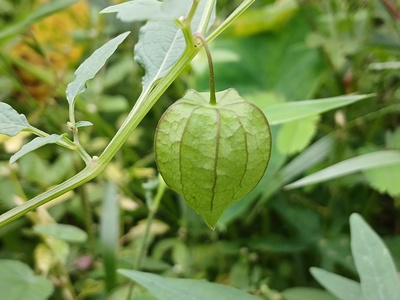
Mullaca
A small annual herb in the same genus as the tomatillo, often called “cutleaf groundcherry.” It is a versatile medicinal plant used by many indigenous groups as a broad-spectrum remedy for fevers and inflammatory conditions.

Fedegoso
A small, foul-smelling shrub that grows as a common weed. Despite its unpleasant odor, it has a long history of use in traditional medicine systems worldwide as a powerful laxative and for treating liver and skin disorders.
